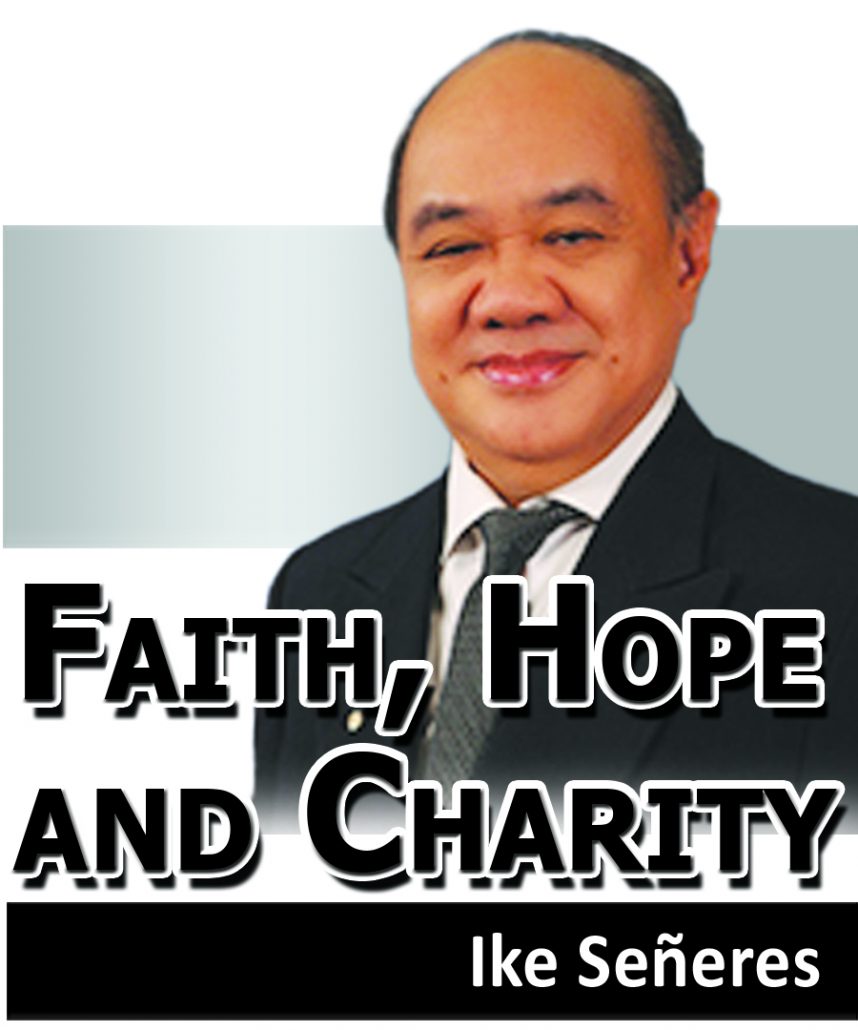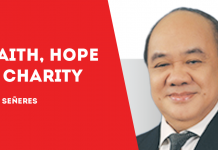 HEALTH and justice may be two separate social concerns, but there is an observable similarity between the two.
HEALTH and justice may be two separate social concerns, but there is an observable similarity between the two.
It has been said by some experts that if only the barangay justice system is working, the number of actual legal cases will not clogged up all the way to the level of the Supreme Court.
With that as a frame of reference, it could also be said that if only the barangay health system is working, the number of actual medical cases will not get clogged up all the way to the tertiary care hospitals.
The logic may be simple, and yet it is imminently valid. Looking at the actual reality however, we seem to be too far from the realization of the barangay justice system in its fullest sense. Part of the reason perhaps is the predominance of the politics of patronage, wherein many incompetent local politicians get elected to lead the barangay government, thus stalling barangay justice itself.
In theory, it could be said that if only the politics of performance would predominate at the barangay level, the realization of the barangay health system would be realized in its fullest sense.
More often than not, it could be said that it is not realized because of the lack of money, but I do not believe that because the barangay government has a share of the Internal Revenue Allocation (IRA), and so does the municipal government. It would therefore be more correct to say that instead of the lack of money, there is a lack of transparency at the barangay level, because the money for health services is either corrupted or misappropriated.
To some extent, it could be said that there may be a lack of vision or a lack of purpose, because some barangay leaders may not really know what to do or how to do it, even if they have the money.
It seems that in most cases, barangay health centers are seldom open all the time, and are seldom fully equipped. As it is supposed to be, barangay health centers are supposed to be the alternative destinations for the poor people who could not afford the very expensive private clinics.
The irony, however, is that the private clinics are almost always open all the time, and are almost always fully equipped. What have the barangay leaders missed in this regard? Which part of the public service mandate don’t they understand?
As it almost always happens, most barangay health centers do not have doctors and if they do, they do not have medical equipment and if they do, they do not have medicines. Although this might seem as simple as mixing coffee, cream and sugar into a hot drink, it really is not, because doctors, equipment and medicines rarely do ever converge at the barangay level. (To be continued/PN





